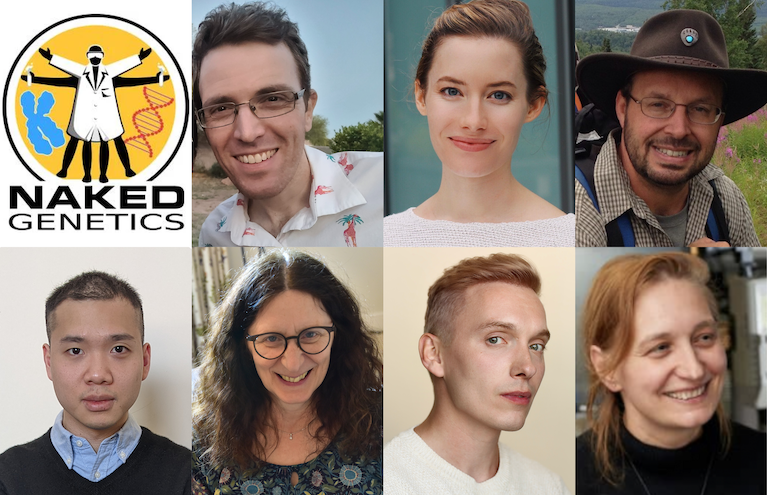NGS provides a high-resolution view of the genetic variation influencing phenotype in plants and animals. It is useful for discovering novel markers. For smaller sample numbers, it offers a low-cost alternative to microarrays.
Today’s agricultural researchers have many tools at their disposal for studying plant and animal genomics. Whether you’re interested in plant biology, crops and livestock, or model organisms, an accurate view of the genetic influence on traits and disease is crucial. As genomics becomes more widely used in agriculture, researchers and breeders are increasingly using Illumina technology to drive discoveries and advances.
Microarray and next-generation sequencing (NGS) technologies are useful for studying various aspects of plant and animal genomics, including genotype, gene expression and regulation, and epigenetics. These approaches offer the throughput, sensitivity, and precision needed to evaluate genetic markers and discover new ones associated with traits or disease.








